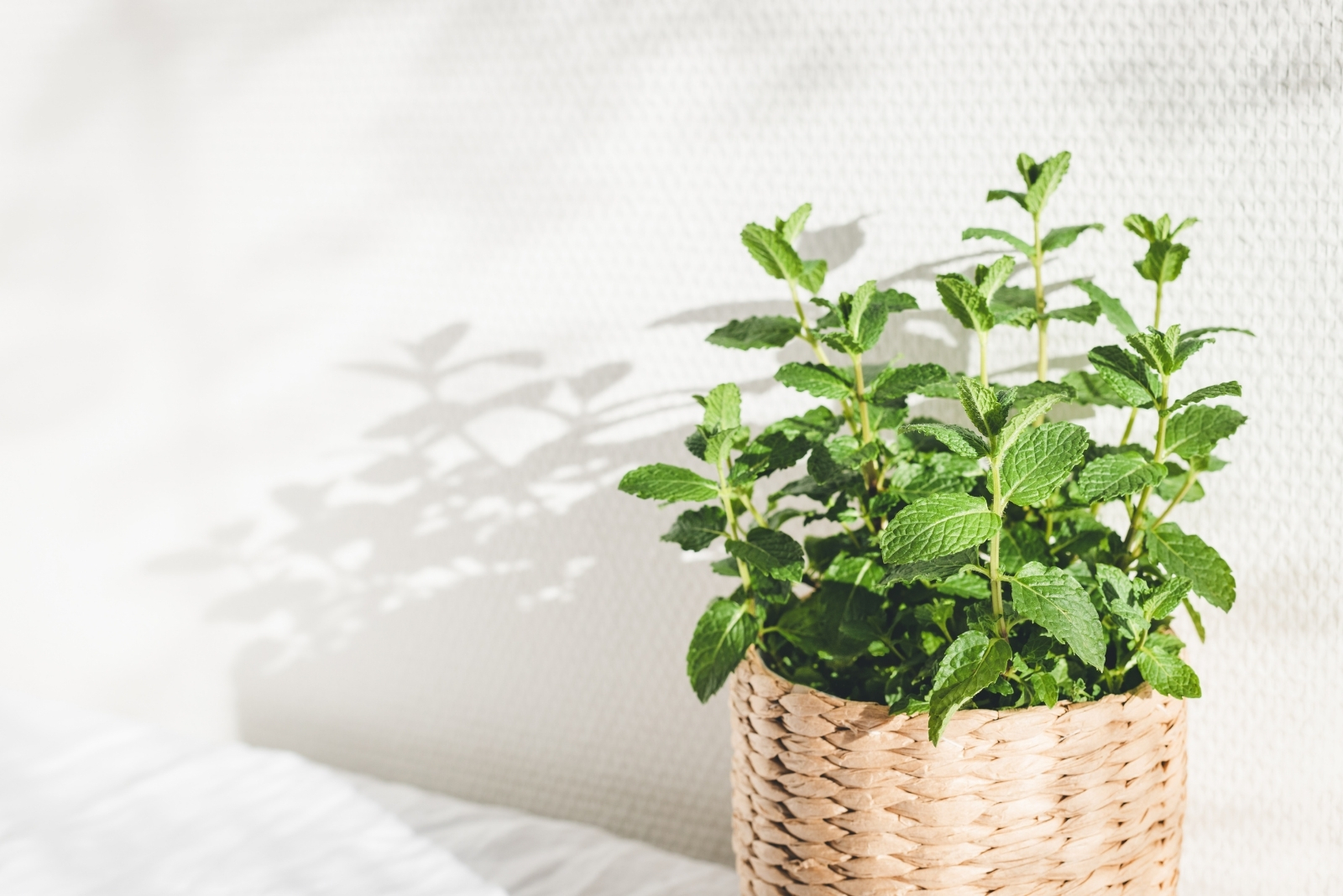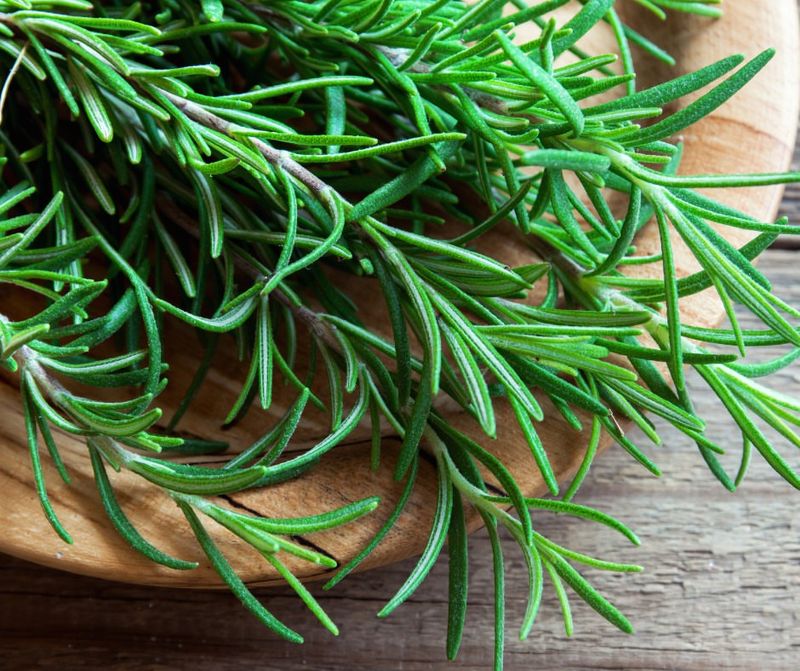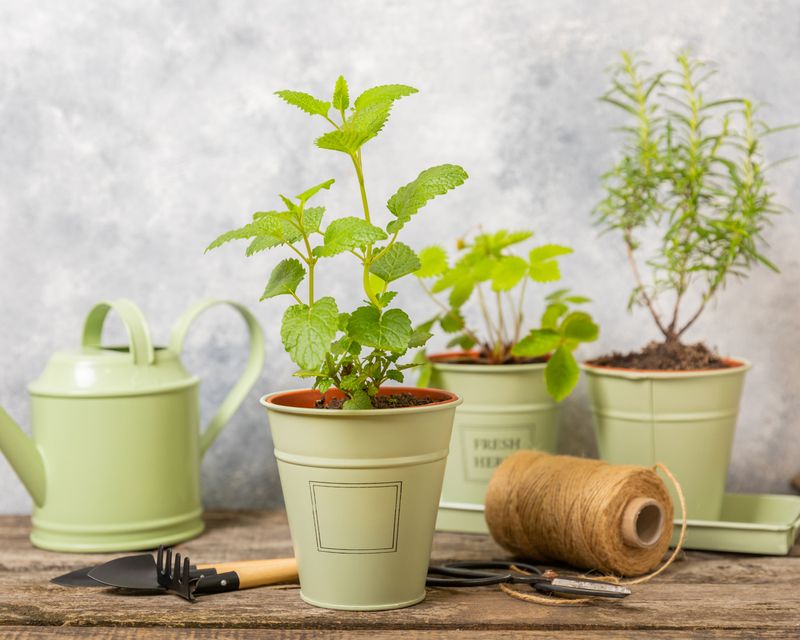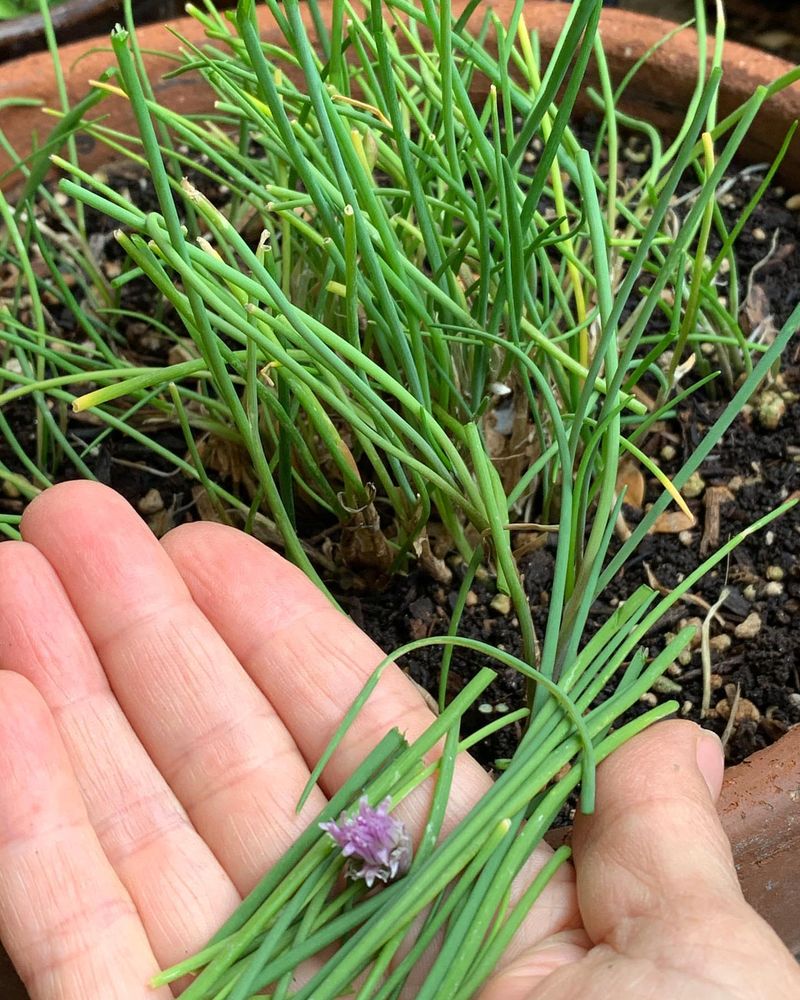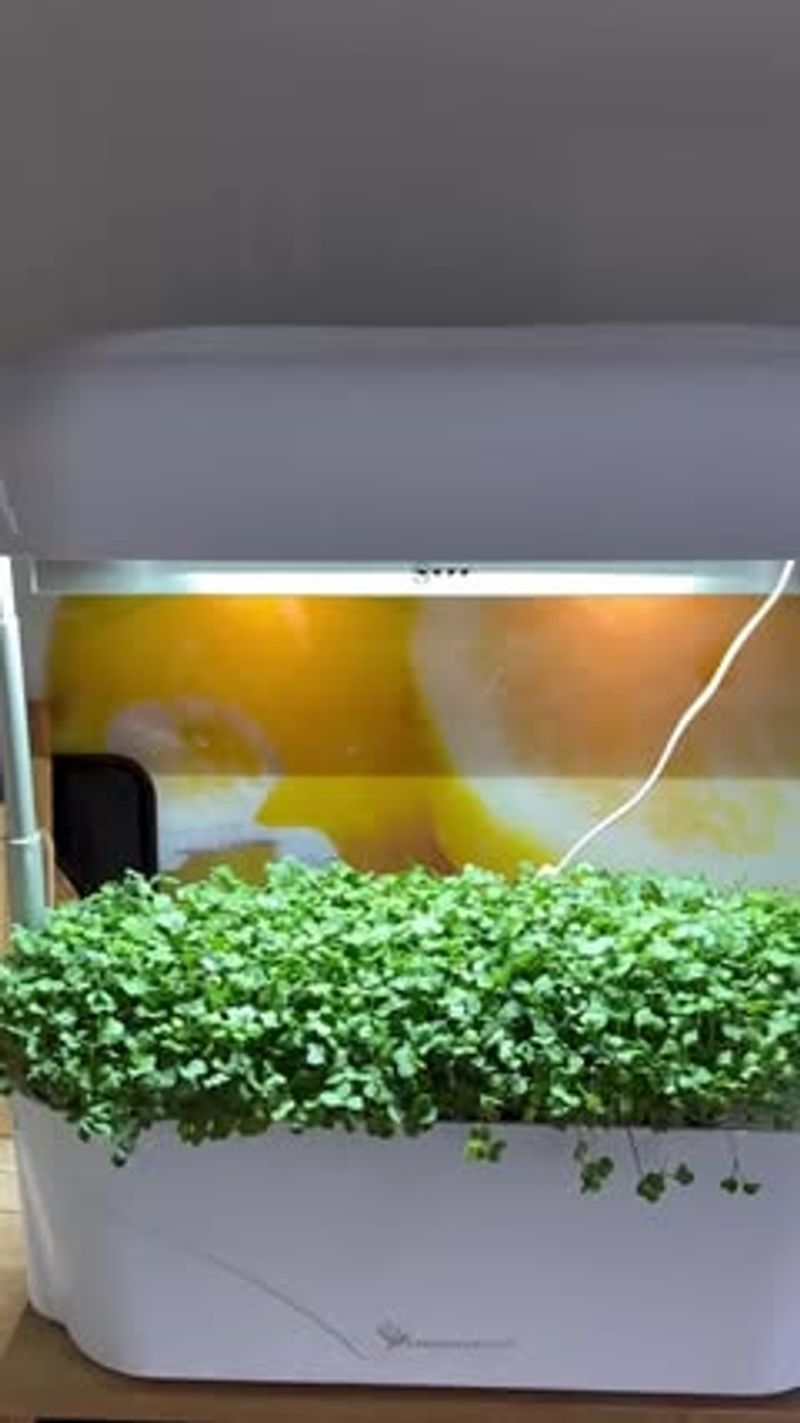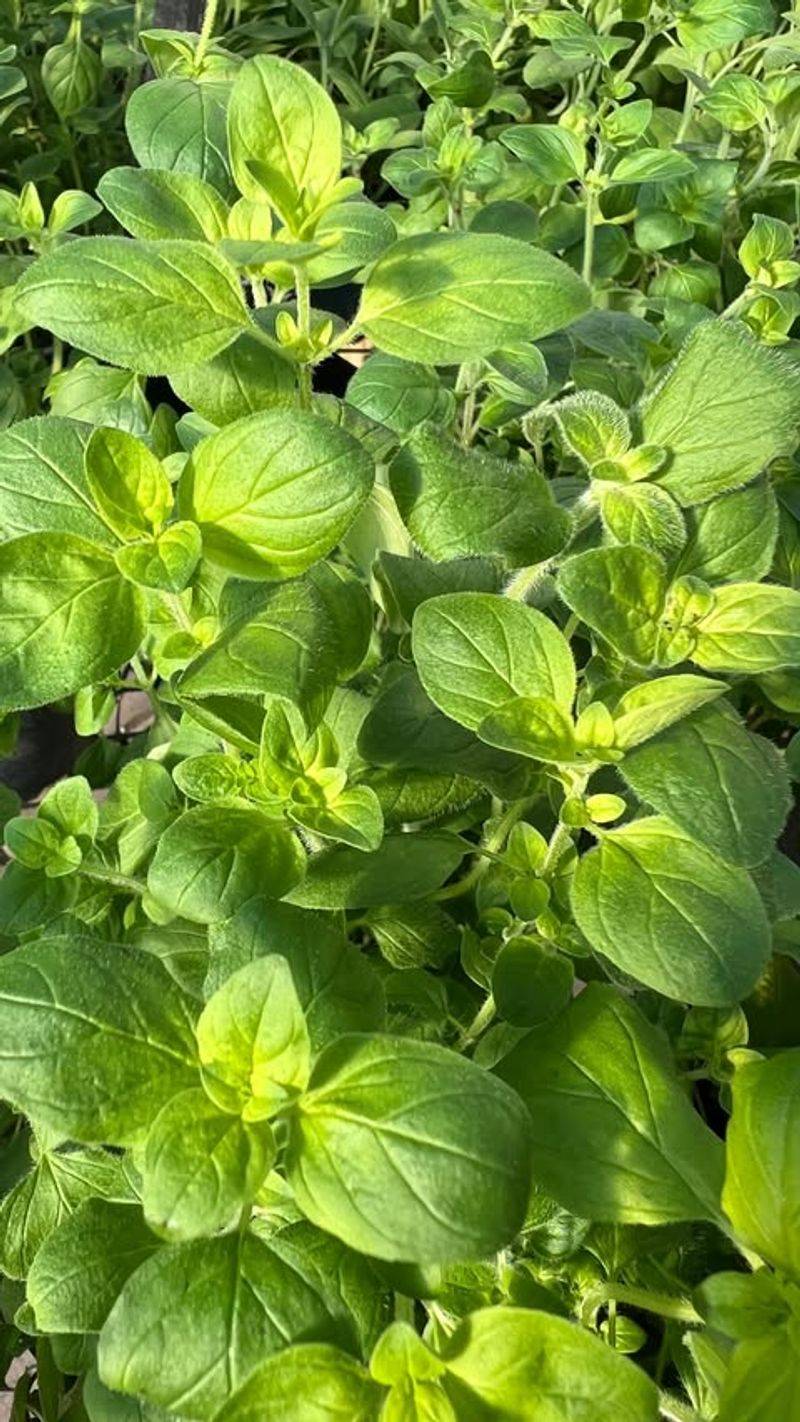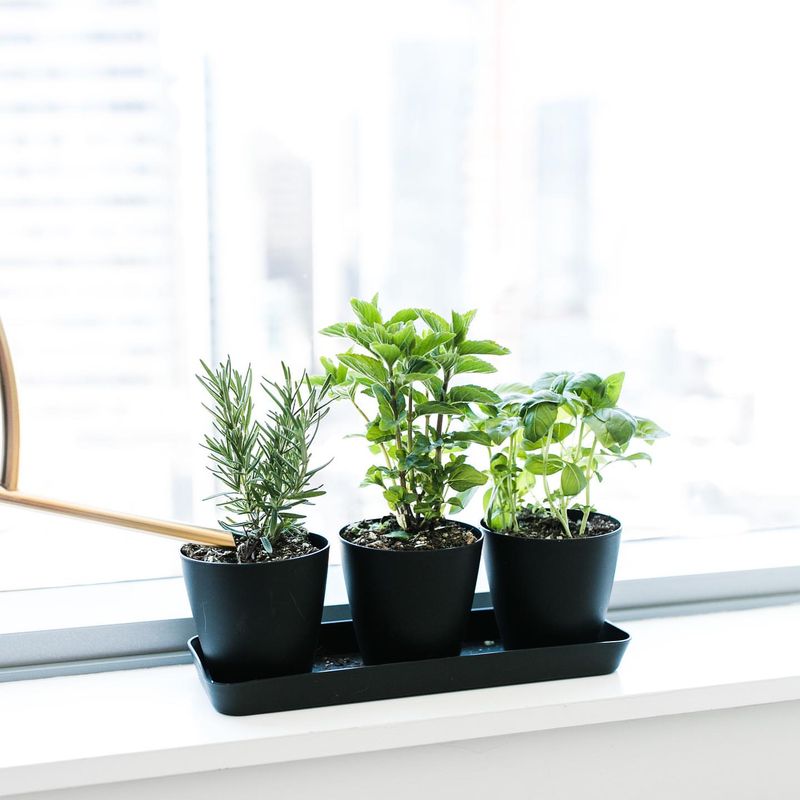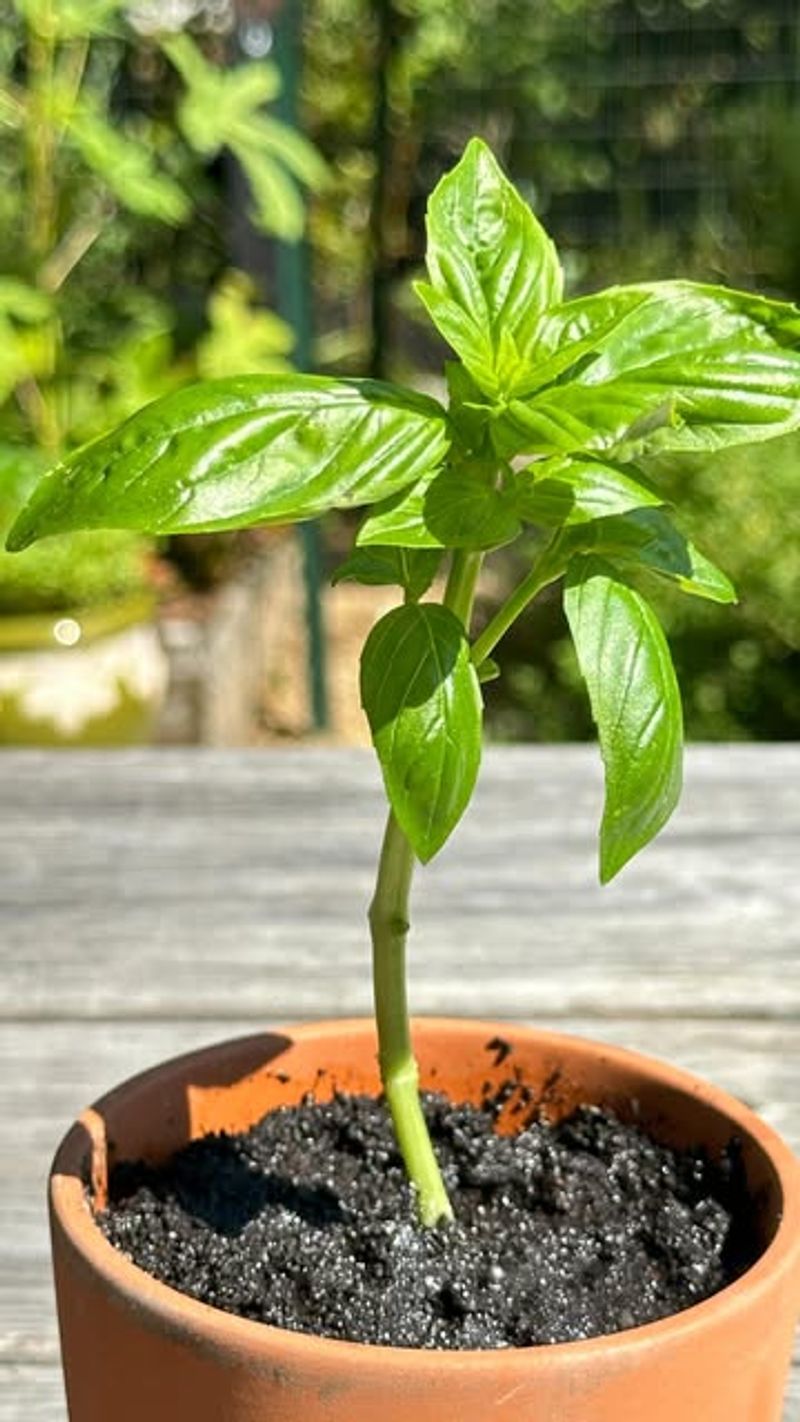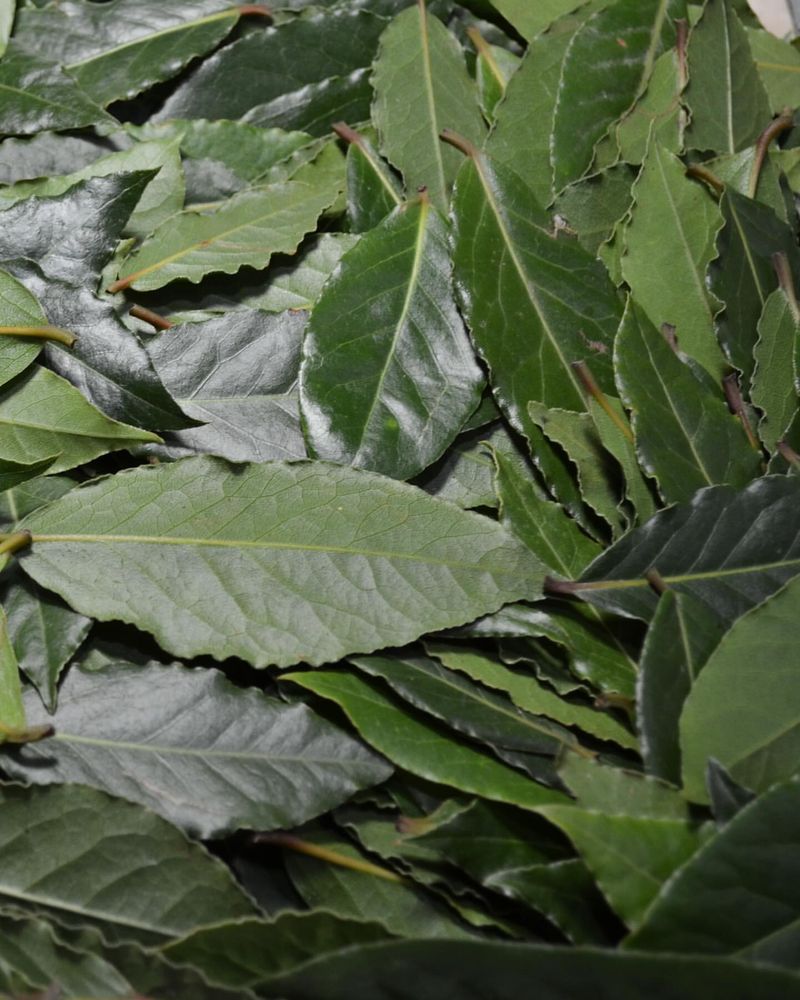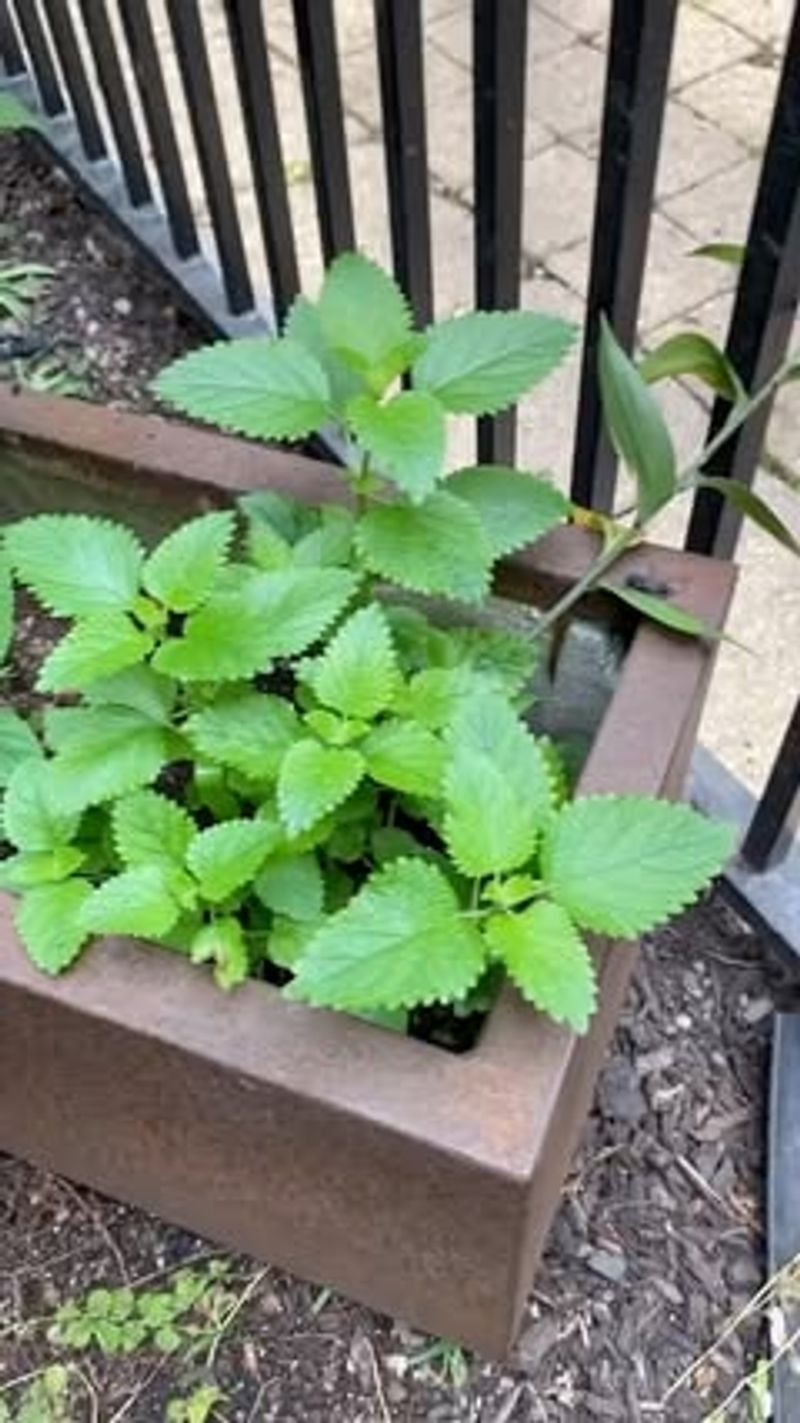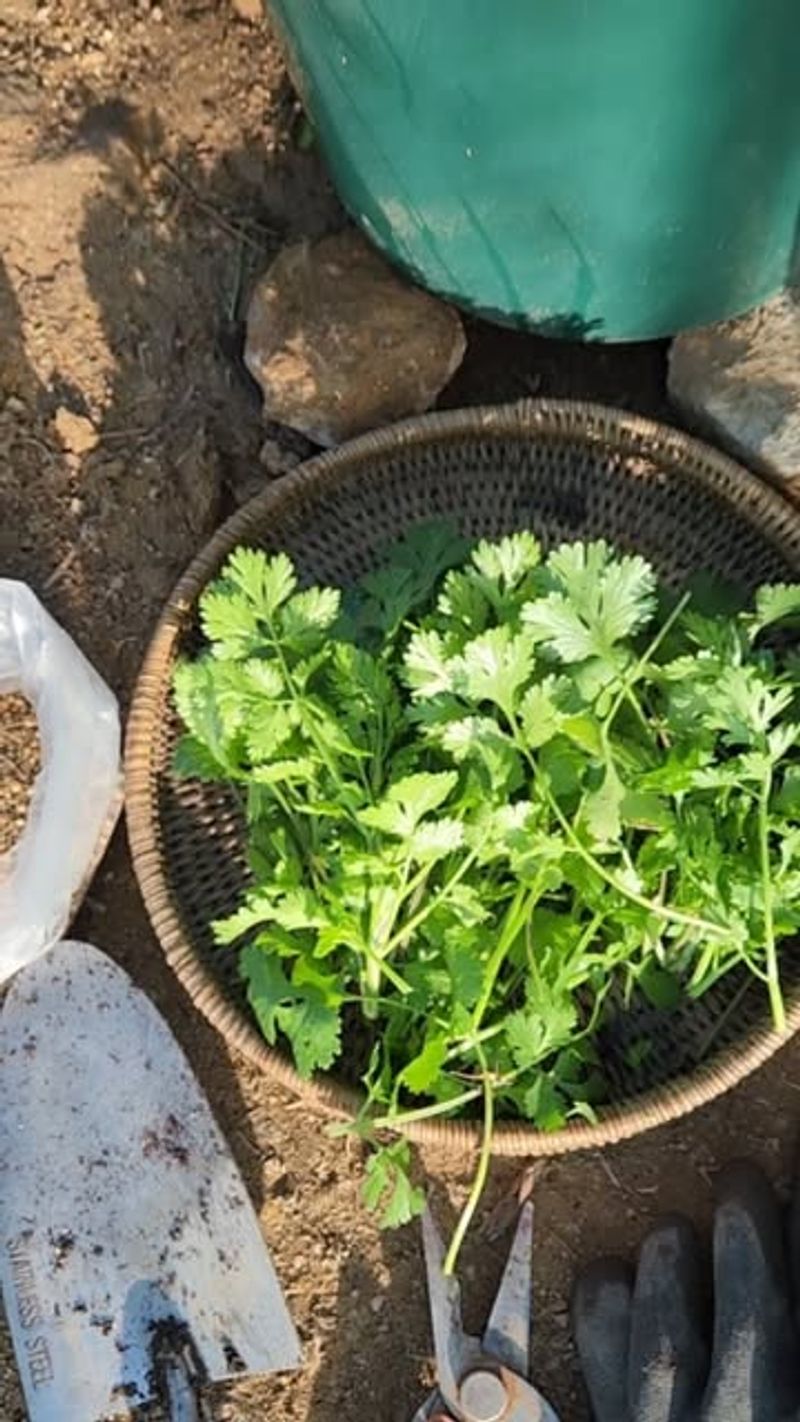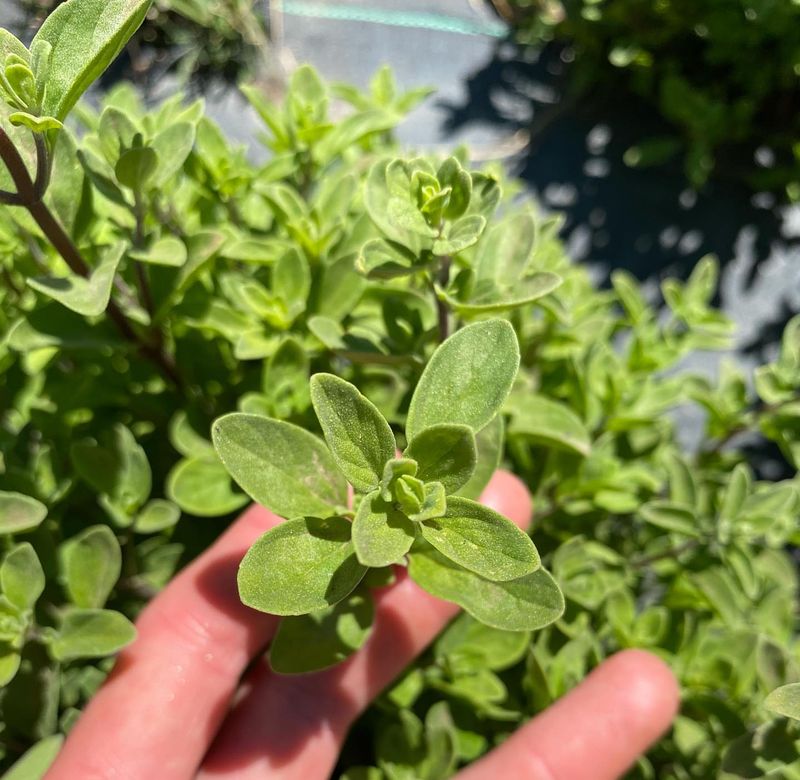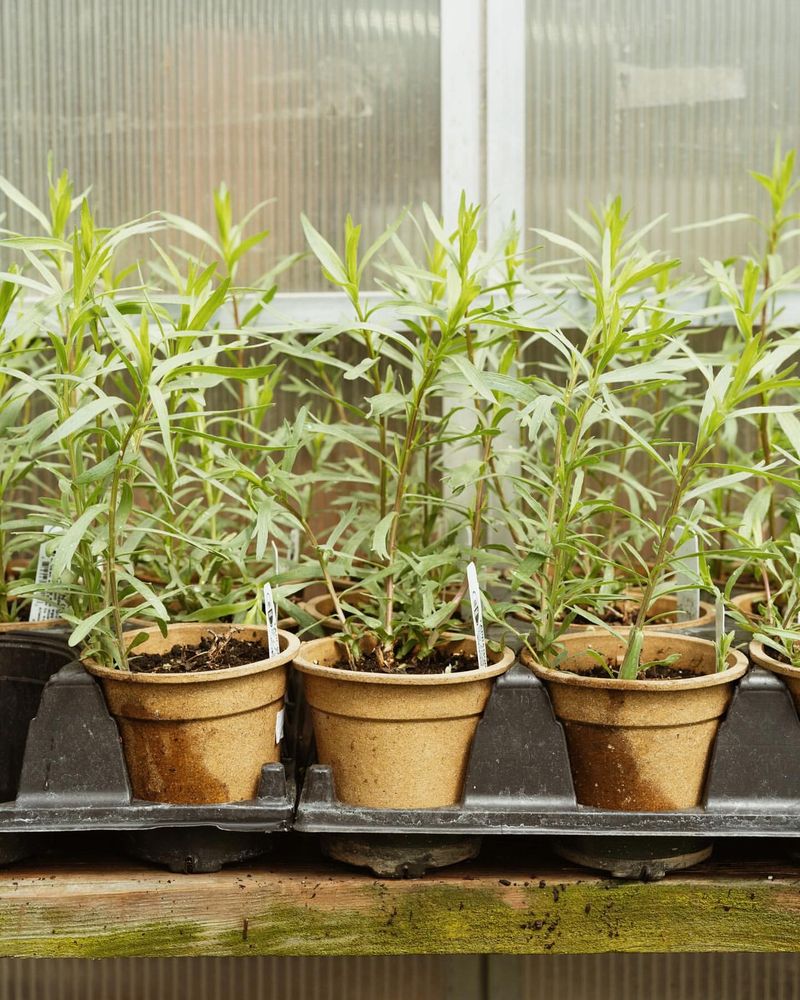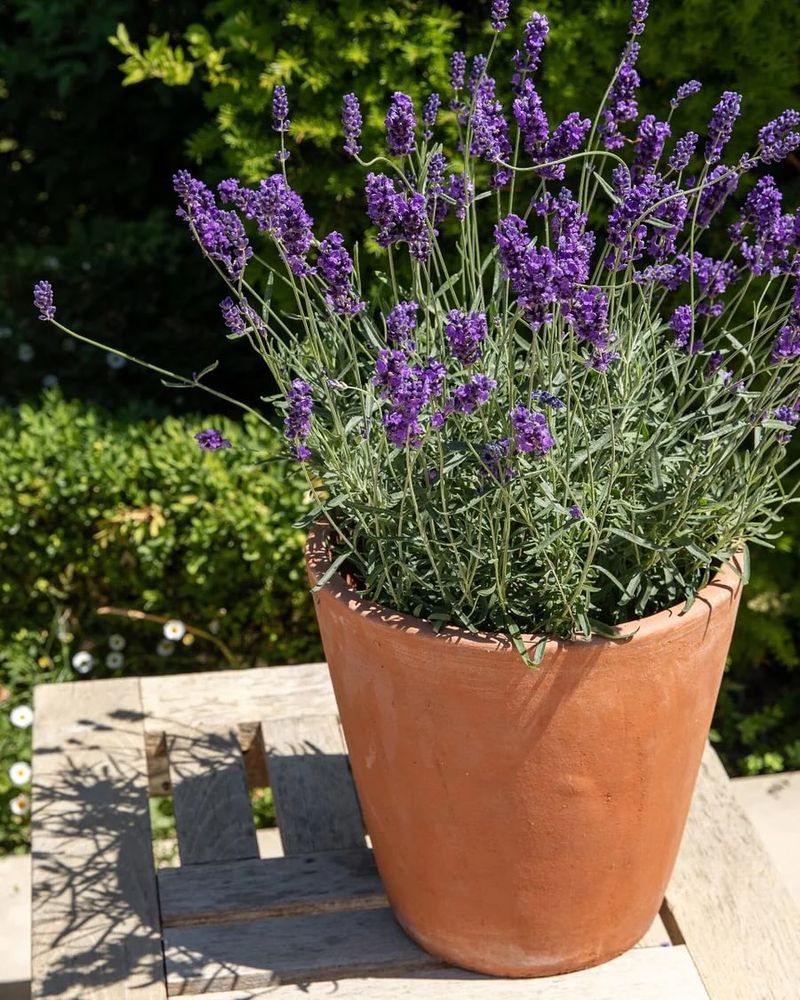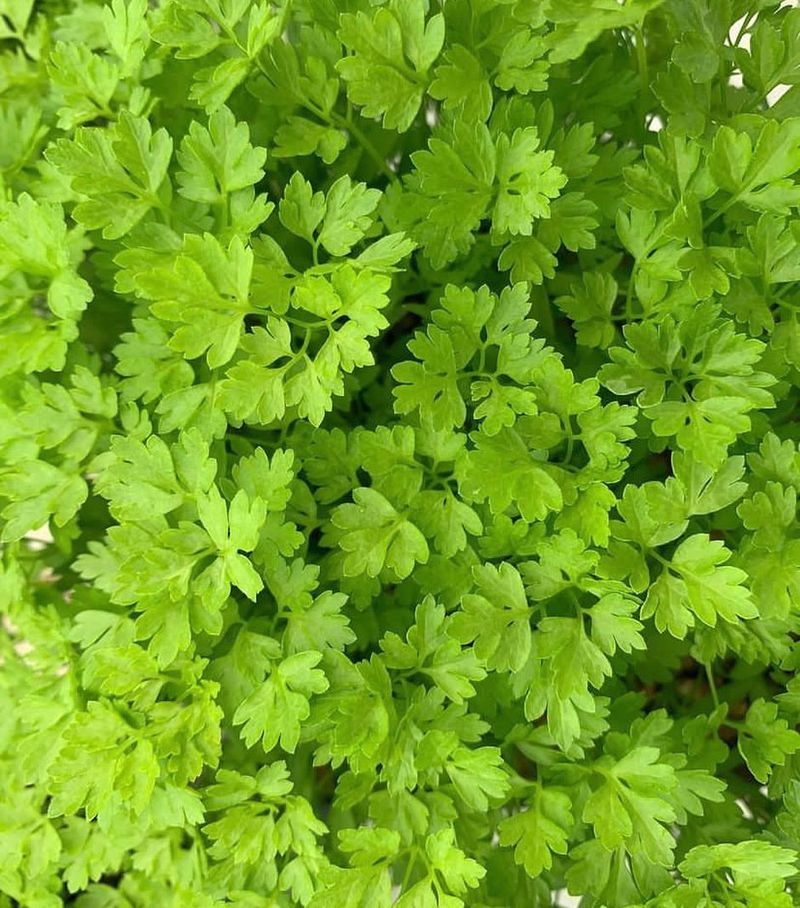In Maine, you can keep your kitchen lively all winter by growing herbs indoors. These hardy herbs thrive even when the snow is falling outside.
You’ll love snipping fresh leaves for cooking without leaving the warmth of your home. It’s a simple way to bring green life and flavor into your space during the cold months.
Soon, you’ll wonder how you ever got through winter without them.
1. Rosemary
Surviving Maine winters is easy for this Mediterranean native when placed in a sunny south-facing window. Rosemary prefers drier soil and good air circulation to prevent mildew issues.
Many Maine gardeners bring their outdoor rosemary plants inside before the first frost. Just make sure to gradually acclimate the plant to indoor conditions to prevent shock and leaf drop.
2. Thyme
Tough and adaptable, thyme handles the dry indoor air of Maine homes beautifully. Give it a bright spot and water only when the soil feels dry to the touch.
During those long Maine winters, snip thyme sprigs as needed for cooking without taking more than a third of the plant at once. The aromatic oils intensify in winter, making even small amounts flavorful.
3. Mint
Notorious for its vigor, mint actually calms down a bit indoors during Maine’s winter months. Place it in a medium-light location and keep soil consistently moist but not waterlogged.
Many Maine herb enthusiasts appreciate mint’s ability to perfume the indoor air when heating systems make homes feel stuffy. Regular harvesting encourages bushier growth, so don’t be shy about using it in winter teas.
4. Chives
Surprisingly unfussy, chives adapt well to indoor growing conditions despite Maine’s limited winter sunlight. Simply place them in your brightest window and water when the top inch of soil feels dry.
Folks across Maine often dig up small clumps from their garden before the ground freezes. After a brief dormancy period, they’ll sprout fresh green shoots, ready for snipping onto baked potatoes and winter soups.
5. Parsley
Cool-season parsley actually prefers Maine’s indoor winter temperatures over summer heat. Keep it in bright, indirect light and maintain evenly moist soil for best results.
Gardeners throughout Maine find that flat-leaf varieties generally perform better indoors than curly types. Harvest outer leaves first, allowing the center to continue producing new growth throughout the winter months.
6. Oregano
Hardy oregano thrives in the dry indoor environment typical of heated Maine homes during winter. Position it in your sunniest window and water sparingly, allowing soil to dry between waterings.
Many Maine cooks find indoor-grown oregano develops a more intense flavor than summer garden plants. Pinch stem tips regularly to encourage bushy growth and prevent the leggy stretching common in winter herb gardens.
7. Sage
Velvety sage leaves bring both flavor and beauty to Maine winter herb collections. This Mediterranean native appreciates dry conditions, making it perfect for indoor growing when heating systems reduce humidity.
Through the darkest Maine winter days, sage requires minimal care – just bright light and occasional watering. Its strong flavor means even small harvests add significant impact to winter comfort foods.
8. Basil
Challenging but rewarding, basil can thrive indoors during Maine winters with extra attention. Supplemental grow lights often become necessary as natural daylight diminishes in northern latitudes.
Savvy Maine gardeners start new basil plants every few weeks throughout winter rather than trying to maintain summer plants. Keeping temperatures consistently above 65°F prevents the cold damage that quickly ruins this tropical herb.
9. Bay Laurel
Slow-growing bay laurel makes an elegant houseplant during Maine’s long winters. This Mediterranean tree adapts well to container life when given bright light and protection from cold drafts.
Many Maine herb enthusiasts treasure their bay plants for years, moving them outdoors in summer and back in before frost. Just one or two fresh leaves dramatically improve winter stews and soups compared to dried alternatives.
10. Lemon Balm
Cheerful lemon balm brightens Maine winter days with its citrusy fragrance. This mint family member grows happily in medium indoor light and appreciates consistent moisture without soggy conditions.
During Maine’s coldest months, lemon balm grows more slowly but still provides enough leaves for occasional tea. The lemony aroma can help combat winter blues when sunshine is scarce across the state.
11. Cilantro
Fast-growing cilantro actually prefers Maine’s cooler indoor winter temperatures over summer heat. Place it in a bright window and keep soil consistently moist for continuous harvests.
Maine gardeners often sow new cilantro seeds every few weeks throughout winter for steady supply. Unlike outdoor growing, indoor winter cilantro rarely bolts prematurely, providing longer harvest periods for fresh Mexican and Asian dishes.
12. Marjoram
Sweet marjoram brings its gentle oregano-like flavor to Maine winter kitchens with minimal fuss. This Mediterranean herb thrives in bright light and appreciates the drier indoor environment of heated homes.
Throughout Maine’s winter months, marjoram grows more slowly but develops concentrated flavor. Harvest small amounts regularly, never taking more than a quarter of the plant at once to ensure continued production.
13. Tarragon
French tarragon enters a semi-dormant state during Maine winters, making it an undemanding houseguest. Place it in a cool spot with bright light and water sparingly until new growth appears.
Many Maine herb enthusiasts appreciate tarragon’s natural winter rest period. By February, as daylight increases, fresh growth emerges with intense anise-like flavor, perfect for early spring dishes before outdoor herbs return.
14. Lavender
Fragrant lavender survives Maine winters indoors when given proper conditions. Place it in your brightest window, water sparingly, and provide good air circulation to prevent mildew issues.
During the coldest Maine months, lavender grows slowly but continues releasing its calming scent. Many gardeners throughout the state find that English lavender varieties adapt better to indoor conditions than French or Spanish types.
15. Chervil
Delicate chervil thrives in Maine’s indoor winter conditions better than summer heat. This anise-flavored herb prefers cooler temperatures and medium light, making it perfect for north-facing windows.
Through Maine’s snowy season, chervil provides fresh flavor when many other herbs struggle. Its feathery leaves grow quickly from seed, allowing continuous harvests every few weeks from successive plantings.
16. Lemongrass
Tropical lemongrass surprisingly adapts well to indoor growing during Maine winters. Place stalks in water until roots develop, then transfer to soil in your brightest window location.
Maine herb enthusiasts appreciate lemongrass for adding summer vibes to winter cooking. While growth slows considerably, established plants maintain enough new leaves for occasional harvests in soups and teas throughout the cold months.

